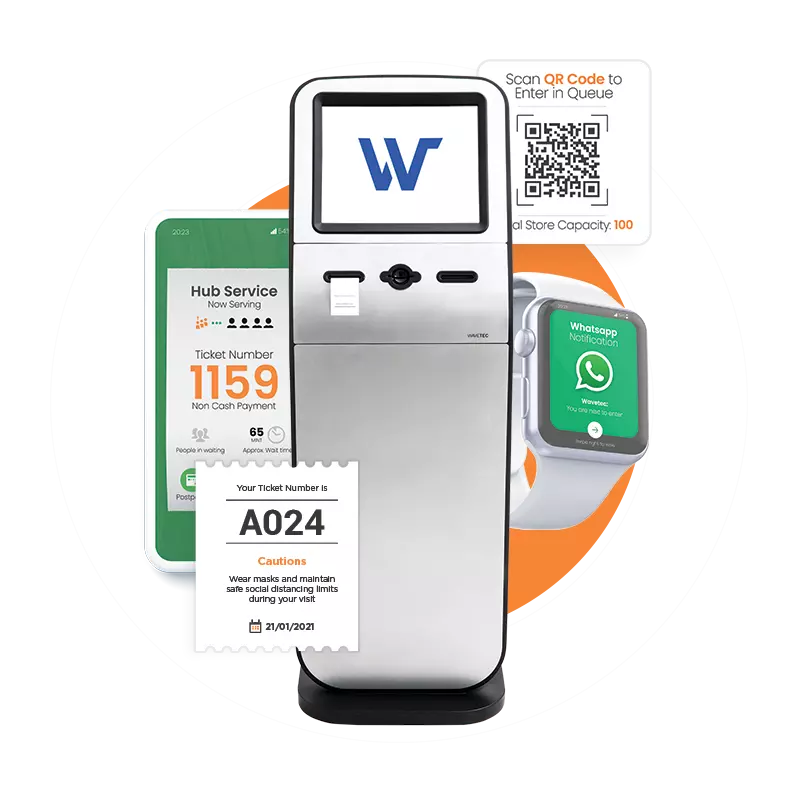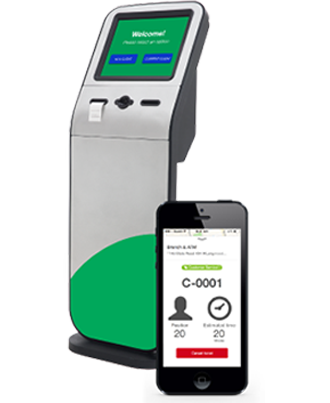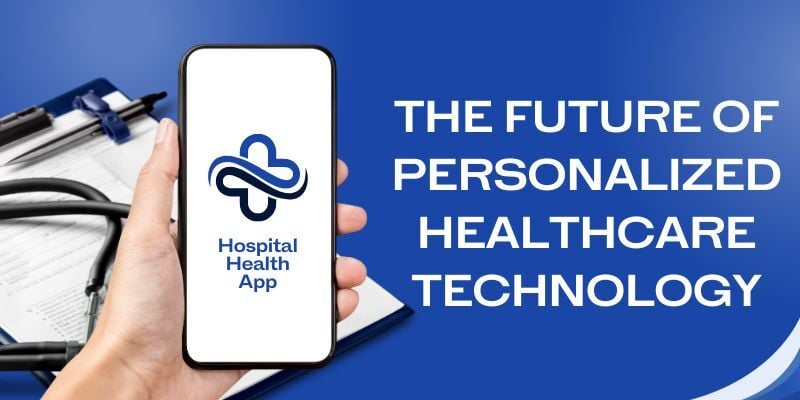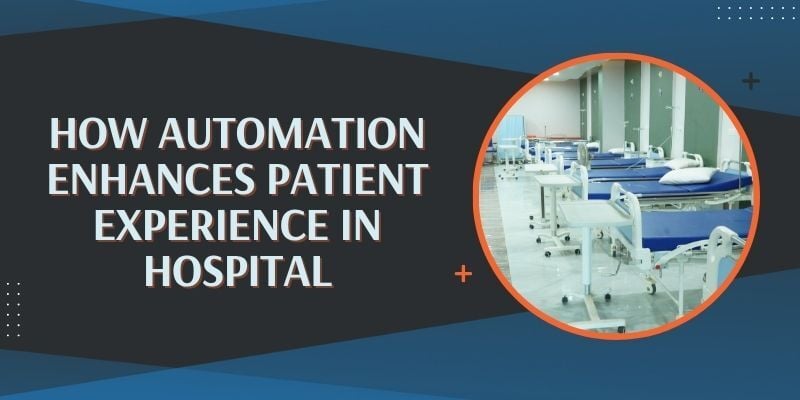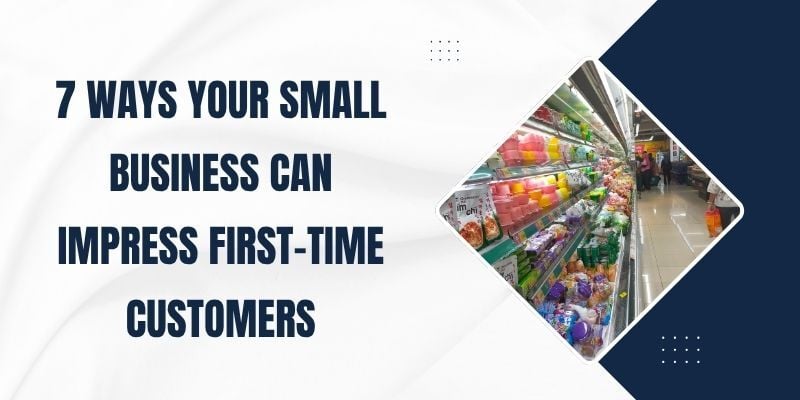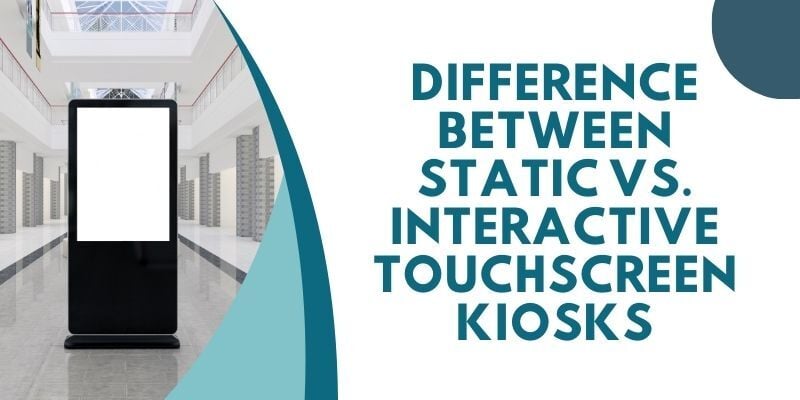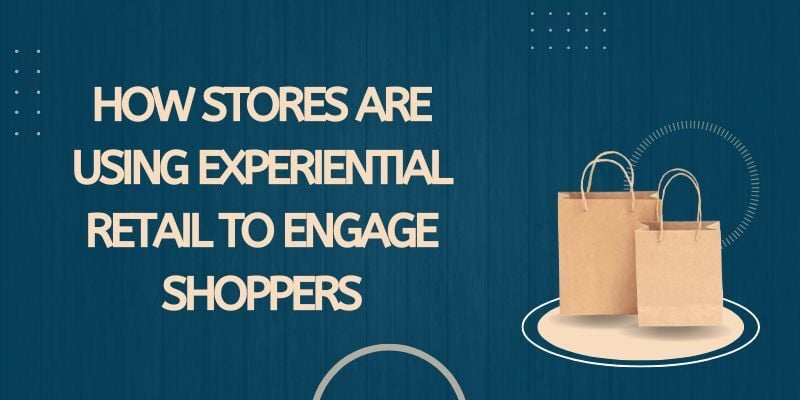Businesses that fail to deliver a smooth experience and a hassle-free journey to their customers see declining sales and traffic. This results from poorly trained staff, cumbersome exchange processes and return policies, and, most importantly, mismanaged queues and long waiting times. Time is a valuable resource for the customer; industries must invest in effective customer flow management.
A well-managed customer flow not only ensures a smooth and pleasant experience for your customers but also maximizes operational efficiency. In this article, we will explore some effective tips for customer flow management that will help you create a positive and efficient environment for both your customers and your business.
What is Customer Flow?
Customer flow, also known as foot traffic or visitor flow, refers to the movement of customers or visitors through a physical space, such as a retail store, restaurant, bank, service center, or any other establishment where customer interactions occur. It involves the entire journey of customers from their entry point to their exit and encompasses various stages, such as browsing products, waiting in queues, interacting with staff, making purchases, or receiving services.
For a retail company, this would mean reducing long lines at the checkout counter, guiding visitors, and drawing attention to new products. However, healthcare, restaurant, and banking industries expect an influx of walk-in consumers at any time of the day. Such organizations look for line management techniques to save a consumer’s time and keep the lines moving.
11 Effective Tips for Better Customer Flow Management
Customer flow management is a targeted strategy for businesses to set goals and improve and reevaluate the key performance indicators (KPIs) for long-term brand credibility. This may seem challenging if you have identified weak areas in your customer’s decision journey, but taking small steps goes a long way!
Without further wait, let’s explore the three best technological advances contributing to improved customer flow and customer experience.
1. Analyze and Understand Your Customer Flow
To effectively manage customer flow, the first step is to gain a deep understanding of how customers move through your establishment. By closely tracking and analyzing customer patterns, peak hours, and busy periods, you can identify potential bottlenecks or areas that may require improvement.
Statistical Insight: According to a study conducted by McKinsey, businesses that thoroughly understand customer journeys can experience a 20-30% increase in customer satisfaction and a 10-20% increase in revenue.
Actionable Steps:
- Utilize data from point-of-sale systems, footfall counters, and customer feedback to gain insights into flow patterns.
- Identify peak hours and allocate staff resources accordingly to ensure smooth operations during busy times.
- Observe customer behavior to pinpoint areas where customers tend to linger, leading to congestion.

2. Optimize Store Layout and Signage
An efficient store layout can significantly impact customer flow and their overall experience. A well-designed layout ensures that aisles are wide enough to accommodate foot traffic and that high-demand products are strategically placed to encourage customers to explore the entire store. Additionally, clear and visible signage plays a crucial role in guiding customers to different sections and to essential amenities like restrooms and exits.
Statistical Insight: According to Retail Next that an optimized store layout and signage can lead to a 15% increase in overall sales.
Actionable Steps:
- Regularly review and adjust your store layout based on customer flow data and feedback.
- Prioritize high-traffic areas for merchandising popular products and promotional displays.
- Use color-coded or interactive signage to help customers navigate your establishment easily.
3. Establish Clear Queuing Systems
Queue management is a pivotal aspect of customer flow management. Long and confusing queues can lead to customer frustration and negatively impact their overall experience. Implementing a customer queuing system with stanchions, ropes, or floor markings can help guide customers along the designated path. Additionally, providing waiting customers with interactive displays or engaging content can help reduce perceived wait times.
Be it any service, waiting in queues is the biggest customer flow management challenge. Businesses can adopt a queue management system to target the KPI of reducing the average time spent in lines. AI-regulated queue management software allows guests to schedule appointments or check into virtual queues. This two-way communication software shows wait-time estimates and allows the staff to inform the customers beforehand. In the era of phone apps and QR codes, this powerful tool is set to optimize the customer experience.
Statistical Insight: A survey by Lavi Industries revealed that 96% of customers find clear and organized queue lines to be a positive factor in their overall experience.
Actionable Steps:
- Analyze peak periods and allocate sufficient space for queues to prevent congestion.
- Use technology-driven solutions, such as virtual queuing or appointment systems, to minimize physical queues.
- Employ queue management software to monitor and manage waiting times in real time.
4. Utilize Technology Solutions
Incorporating technology into your customer flow management strategy can lead to substantial improvements in efficiency and customer satisfaction. Consider implementing digital queue management systems that allow customers to book appointments or join virtual queues, thereby reducing the need for physical waiting lines. Handheld devices for staff can facilitate order taking or provide real-time updates on wait times, improving operational efficiency.
Statistical Insight: According to a report by Deloitte, businesses that implement mobile queue management systems experience up to a 20% reduction in customer wait times.
Actionable Steps:
- Research and invest in suitable technology solutions that align with your business needs and customer preferences.
- Train staff to effectively use technology and ensure a smooth integration of these solutions into your operations.
- Regularly update and maintain the technology to prevent any technical glitches that may disrupt the customer flow.
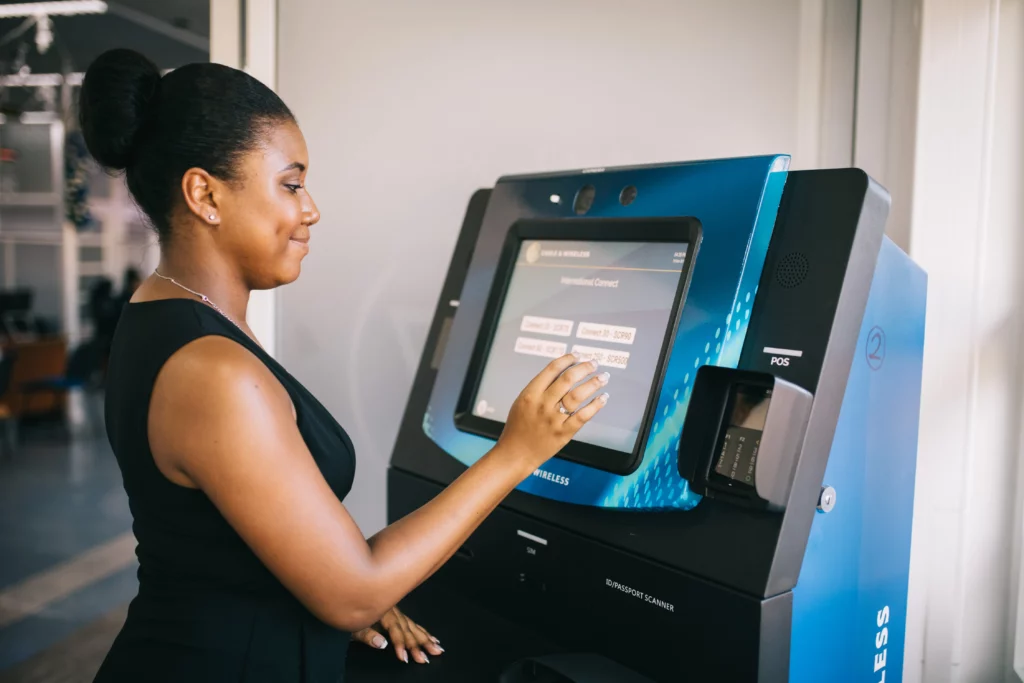
5. Train and Empower Staff
Well-trained and motivated staff are invaluable assets in managing customer flow effectively. Train your employees to assist customers efficiently, especially during peak hours when customer inquiries and requests may surge. Empowering your staff to make decisions that prioritize customer satisfaction, such as opening additional checkout counters when needed, can lead to a smoother flow and happier customers.
Statistical Insight: A study conducted by Gallup found that businesses with highly engaged employees outperform their competitors by 147% in earnings per share.
Actionable Steps:
- Conduct regular training sessions to improve staff skills in customer service and conflict resolution.
- Encourage open communication between management and staff to address concerns and suggestions regarding customer flow management.
- Recognize and reward exceptional customer service to motivate staff to maintain high service standards.
6. Offer Self-Service Options
In today’s fast-paced world, customers often prefer self-service options that allow them more control over their experience. Implement self-service kiosks or mobile ordering options to streamline the process and reduce waiting times. Self-checkout stations can be especially beneficial for retail stores, while mobile ordering and payment apps can be advantageous for restaurants and cafes.
Although ATMs have been practiced for years, other industries can also adopt self-service kiosks for visitor management. Customers can easily access information without a receptionist, allowing effective resource management. Common examples of self-service kiosks include self-checkouts, navigation maps, ticket booths, and banking kiosks.
Statistical Insight: A survey conducted by SOTI Inc. showed that 73% of consumers prefer using self-service technologies for quick and easy transactions.
Actionable Steps:
- Assess your business model and identify areas where self-service options can be incorporated without compromising the customer experience.
- Promote self-service options to customers through various marketing channels to encourage adoption.
- Provide clear instructions and on-site support for customers who may be unfamiliar with self-service technologies.
7. Monitor and Adjust in Real-time
Customer flow management is an iterative process that requires continuous monitoring and adjustment. Regularly analyze data, gather customer feedback, and involve your staff in the improvement process to make real-time adjustments when necessary. Being responsive to changes in customer behavior and preferences can significantly impact the overall efficiency of your establishment.
Statistical Insight: Research from the Harvard Business Review revealed that businesses that use real-time data analytics and adjust their strategies accordingly experience an average increase of 6% in overall efficiency.
Actionable Steps:
- Set up data analytics tools to track customer flow patterns and identify trends over time.
- Conduct regular surveys or collect feedback through various channels, such as email, social media, or in-store feedback forms.
- Use data-driven insights to make informed decisions about changes to your customer flow management strategy.
8. Implement Appointment-Based Services
For businesses that deal with appointments, such as healthcare facilities, salons, or service centers, implementing appointment-based services can be an effective way to manage customer flow. By scheduling specific time slots for each customer, you can better allocate resources, reduce waiting times, and provide a more personalized experience.
Actionable Steps:
- Integrate online booking platforms or appointment scheduling software into your website or mobile app.
- Offer flexible appointment options to accommodate various customer preferences.
- Send appointment reminders and updates to customers to ensure they arrive on time.
9. Incorporate Entertainment and Amenities
Waiting can be a significant part of the customer journey, especially during peak hours or when dealing with service delays. To make waiting more pleasant, incorporate entertainment options, such as TVs, magazines, or interactive displays. Additionally, ensure that waiting areas are comfortable and well-equipped with amenities like water dispensers or charging stations.
Actionable Steps:
- Assess the layout of your waiting areas and consider adding entertainment options and amenities.
- Create a relaxing atmosphere with comfortable seating and well-designed waiting spaces.
- Offer complimentary Wi-Fi to keep customers engaged and connected while they wait.
10. Offer Incentives for Off-Peak Hours
To balance customer flow throughout the day, encourage customers to visit during less busy periods by offering incentives such as discounts, special offers, or loyalty rewards. By promoting off-peak hours, you can reduce congestion during busy times and ensure a more even distribution of customer flow.
Actionable Steps:
- Analyze customer traffic patterns to identify the most crowded times and determine when incentives are most needed.
- Develop attractive offers or promotions that entice customers to visit during off-peak hours.
- Use marketing campaigns, social media, and email newsletters to promote off-peak incentives to your customer base.
11. Endorse Fairness By Implementing Ticket Dispensing Machines
For individuals who enjoy the in-store experience, ticket dispensing machines are the answer to long queues. This saves customers from worrying about losing their spot in lines and reduces crowding in congested spaces. Wavetec’s Take A Number System offers an automated ticket dispenser and portable monitors to display ticket numbers. This ensures that the first-come, first-serve policy is implemented for all customers.
Ticket Dispensing Machines are an effective tool for managing customer flow, especially in busy environments where customers need to wait in line for services or products. These machines allow customers to obtain a numbered ticket, indicating their place in the queue, and provide them with an estimated waiting time. This system helps customers feel more informed and in control of their waiting experience.
Actionable Steps:
- Install Ticket Dispensing Machines at appropriate locations within your establishment, such as entry points or service counters.
- Display clear instructions on how to use the machines, and provide assistance if necessary.
- Integrate the ticketing system with your digital queue management system for a seamless customer experience.

Outcomes of Better Customer Flow Management
Companies looking to improve their business sales without introducing new products or services should work on customer flow regulation. While advertising is the core of marketing, customer flow governs your long-term sales. Moreover, better management reduces employees’ stress levels and gives the company ample time and resources to strategize new business models.
- You are keeping your customers happy by reducing their wait time
- You are making your customers satisfied
- You are opening doors for more customers
1. You Are Keeping Your Customers Happy by Reducing Their Wait Time
A consumer’s anxiety level is greatly influenced by minimal wait time, well-managed queues, and uncrowded waiting areas. Customers spend more time exploring and enjoying the service rather than worrying, significantly impacting your business’s revenue.
2. You Are Making Your Customers Satisfied
Customers are relieved to receive immediate guidance from a helping staff member, be it locating products, assistance with wheelchairs, or transaction assistance in banks and checkout counters. A satisfied consumer is a loyal and returning customer!
3. You Are Opening Doors for More Customers
A happy customer will likely leave positive ratings for your business and impeccable services on social media. Additionally, satisfied customers are your company’s invaluable source of word-of-mouth marketing. This free advertising will start a cycle of new customers, increase revenue, and builds credibility for your brand.
The Relationship Between Customer Flow and Customer Journey
Customer flow at your company is determined by more than just sales. The best way to evaluate customers’ engagement and return to your services is to follow their journey. When a consumer’s decision journey is mapped, it considers awareness, the decision to utilize, explore benefits, advocacy, and return as a loyal customer.
Designing customer journey maps help businesses understand the consumer’s buying persona and preferences. This gives various departments insight into identifying the gaps in the customer experience and highlights areas that waste their time. By reevaluating content marketing strategies, businesses can improve touchpoints and compensate for lost sales. Business models that put customers at the center of their transactions can quickly turn customer flow into cash flow!
We have put together a roadmap of the core elements of a customer’s journey to help you commit to them better.
- Awareness: During this phase of the journey, the consumer is learning about the services offered through online platforms or news articles. As a service provider, you can provide adequate information to help them weigh the pros and cons.
- Consideration: Customers compare multiple brands, specifications of products, and prices and evaluate customer service based on reviews. At this stage, they will asses their previous experience before choosing a new service provider. Therefore, regulating and updating your brand’s touchpoints is essential to maintain a strong presence in the market.
- Conversion: The deciding phase of the consumer’s journey will make or break the customer flow. You can enhance their experience by providing them with impeccable customer service. Flexible policies and trained staff go a long way in building a loyal customer base.
FAQs – Customer Flow Management
How can I analyze and understand the customer flow in my establishment?
To analyze and understand customer flow, utilize data from point-of-sale systems, footfall counters, and customer feedback. Observe customer patterns, peak hours, and busy periods to identify bottlenecks. Utilize data analytics tools to gain insights into flow patterns and make informed decisions.
How important is staff training in customer flow management?
Well-trained staff play a vital role in managing customer flow. Training them in customer service, conflict resolution, and decision-making empowers them to handle peak hours efficiently, resulting in smoother customer flow and increased customer satisfaction.
How can businesses monitor and adjust customer flow management strategies in real time?
Real-time data analytics tools allow businesses to track customer flow patterns and identify trends. Regular surveys and feedback collection help gather valuable insights. Using data-driven insights, businesses can make timely adjustments to their customer flow management strategies.
Conclusion
By the end of this review, you have gained ample knowledge of all aspects of customer flow. Customer flow management and optimization require a thorough understanding of the consumer’s perspective and buying intent. This allows businesses to provide a carefully curated customer experience.
Wavetec’s ticket dispensers, queue management, feedback software, and self-service kiosks can enhance your customer’s journey.
Talk to a Wavetec consultant today to avail benefits and revamp your standing in the market!
BOOK A FREE DEMO
